Contents
Guide
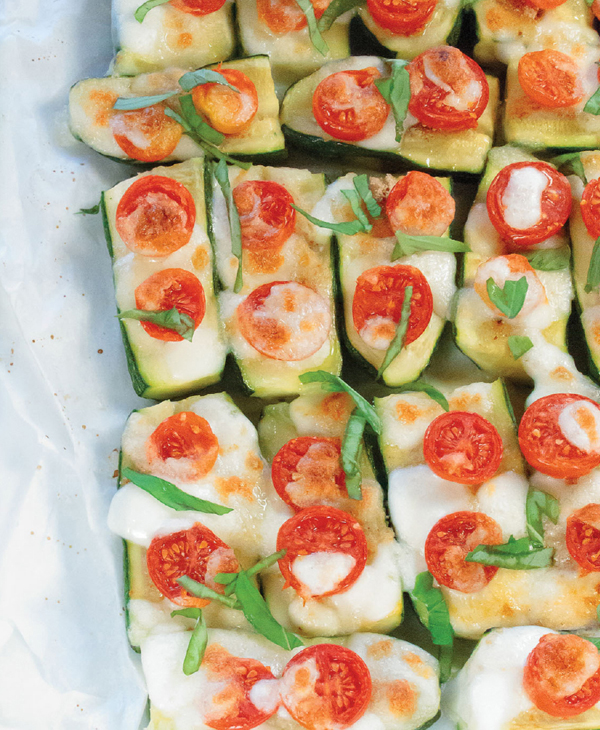
Hip
Pressure Cooking
Fast, Fresh, and Flavorful
Laura D. A. Pazzaglia

St. Martins Griffin  New York
New York
The author and publisher have provided this e-book to you for your personal use only. You may not make this e-book publicly available in any way. Copyright infringement is against the law. If you believe the copy of this e-book you are reading infringes on the authors copyright, please notify the publisher at: http://us.macmillanusa.com/piracy.
TO ALICE,
for passing to me her
passion for cooking
healthy nutritious meals
and her Pyrex collection

Introduction
Pressure cookers were invented by Denis Papin in 1689 and were brought into the home kitchen in the early 1900s, a sign of growing industrialization and technology. For more than a hundred years pressure cookers have helped home cooks preserve food and quickly make tasty stews and stocks.
The basic working principle of the pressure cooker remains unchanged since the first: when liquid is heated in a tightly closed container, the steam it produces is trapped and cannot evaporate as it would in an open or loosely covered pot. During the time the contents of a pressure cooker are boiling, the steam increases in volume but, of course, the space in the cooker does not grow. As a result, the pressure inside the cooker raises the boiling point of the contents, which means they cook at a hotter temperature, and thus cook faster.
While the features, power, and safety of pressure cookers have continued to evolve for the better, recipes to use with them have not. Cookbooks and websites are filled with variations of the last centurys stews, soups, and beans. Todays pressure cookers obliterate their predecessors in terms of safety, technology, and utility. Most dont even make a peep while under pressure (making those of us used to the old-style cookers wonder if theyre even working), while others come with a plug and digital control panel.
I had actually never heard of or seen pressure cooking until I moved to Austria and found myself struggling to get my family fed on a schedule. Then one day an Italian friend whipped up a dinner for six of us in minutes before my very eyes. Tica didnt know it but her dinner was a life-changing moment for me. What was this little noisy thing on her cooktop that so quickly produced an amazing feast? I thought it could be a lifesaver. I had to know more.
Soon after, I had my own old-style pressure cooker pumping steam out like an old locomotive and making potatoes and roasts in minutes. Then my daughter was born. Until she was two, she slept for only 20 minutes, twice a day. As a result, she was cranky and unwell, and, not being particularly well rested myself, the simple act of getting any food on the table (I was cooking mostly one-armed while bouncing my daughter in the other) seemed daunting. The pressure cookers time-saving properties became even more valuable for me. I started hunting for recipes and was sorely disappointed to only find roast after roast, potato after potato, and bean after bean recipe. In other words: boring, brown, runny food.
How could it be that this amazing kitchen appliance wasnt being used to cook EVERYTHING?!? I began converting my favorite vegetable, rice, and dessert recipes to the pressure cooker and documenting the results on my personal blog (in between the stories of my observations and misadventures living in Austria). I started to get a lot of comments from readers who were excited to find recipes like ricotta-stuffed zucchini prepared in the pressure cooker, tried them, and wanted more.
We moved to Italy, and soon my daughter outgrew her sleep problems, or maybe they were cured by the soft sound of the Mediterranean Sea outside our home, but with a regular sleep schedule for the whole family, I was able to get more organized and think about what to do next. I discovered modern pressure cookers, with their foolproof safety systems, quality materials, and new accessories. I began to contemplate creating a website dedicated to pressure cookery.
The hip pressure cooking website was launched in 2010. There were no recipes for boring, brown, runny food. Pressure cooking wasnt going to be fuddy-duddy anymore, it was getting hip!
Fellow cooks were not the only ones to notice my new pressure cooker recipes and techniques. Pressure cooker manufacturers invited me to visit themin Germany, Luxemburg, Seattle, and my old stomping grounds in Californiato demonstrate their shiny pressure cookers at cooking schools and high-end national cookware chains.
I went from working on web and software projects as an IT Project Director in Californias Silicon Valley in my pre-mommy days to being an expert in kitchen hardware!
So What IsHipPressure Cooking?
Hip pressure cooking is about taking advantage of the latest pressure cooker technology and accessories so you are able to preserve the freshness and maximize the nutrients of ingredients without wasting time.
Hip pressure cooking considers the pressure cooker to be a multipurpose culinary tool. Sometimes an entire recipe is cooked under pressure, but often there is a beginning or finishing step that is not. Its to take advantage of all the things a pressure cooker can do to expand your cooking repertoire or make cooking easier.
Hip pressure cooking is NOT about using the pressure cooker just because you have it. There are times pressure cooking doesnt provide a benefit or maybe even produces results that are not satisfactory. If a recipe is not faster or better in a pressure cooker than it is with conventional cooking, I wont publish it. Rubbery pressure cooker frittata that takes twice as long to cook? Using raw onions because its faster than sauting? Not here!
Hip pressure cooking features recipes for dishes that look and taste good but were never before thought possible with this cooking appliance: How about pasta that absorbs sauce, not water, as it cooks? Hard-boiled eggs with shells that practically fall off? Ribs that look and taste like they just came off the BBQ? Fresh bread cooked without heating the oven? Finger-licking black fudge brownies in minutes? Theyre all here.
Key Features ofHipPressure Cooking
The pressure cooker really is easy to use. But Ive discovered there are many nuances to using it to cook diverse kinds of food well and effectivelyso the results are as delicious as they are easy to achieve. Here are some of the ways I share my insights throughout this book:
The HOW and the WHY. You cant be hip if you dont understand what youre doing. The goal of this book is to not just hand you a bunch of new recipes, but explain how certain ingredients react while under pressure. Braising meat, for example, is a completely new experienceunder pressure, the cooking liquids actually

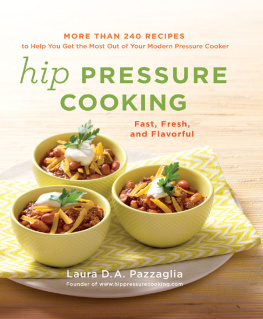
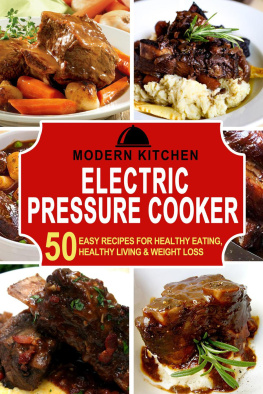



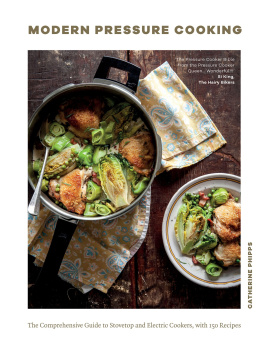
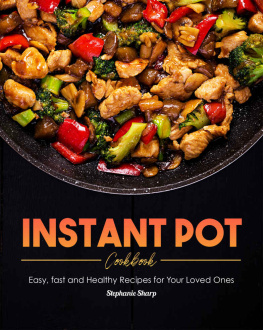

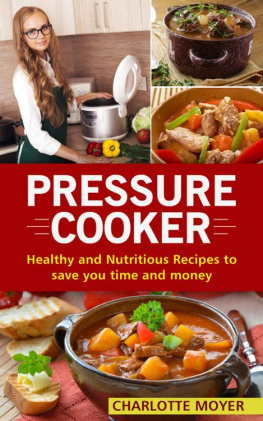
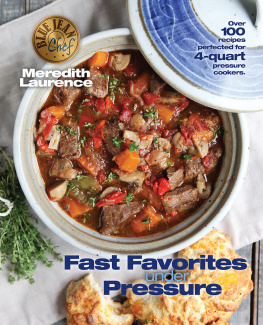

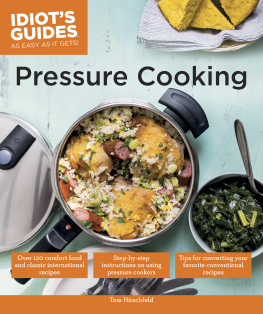
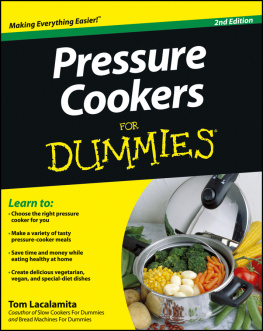



 New York
New York